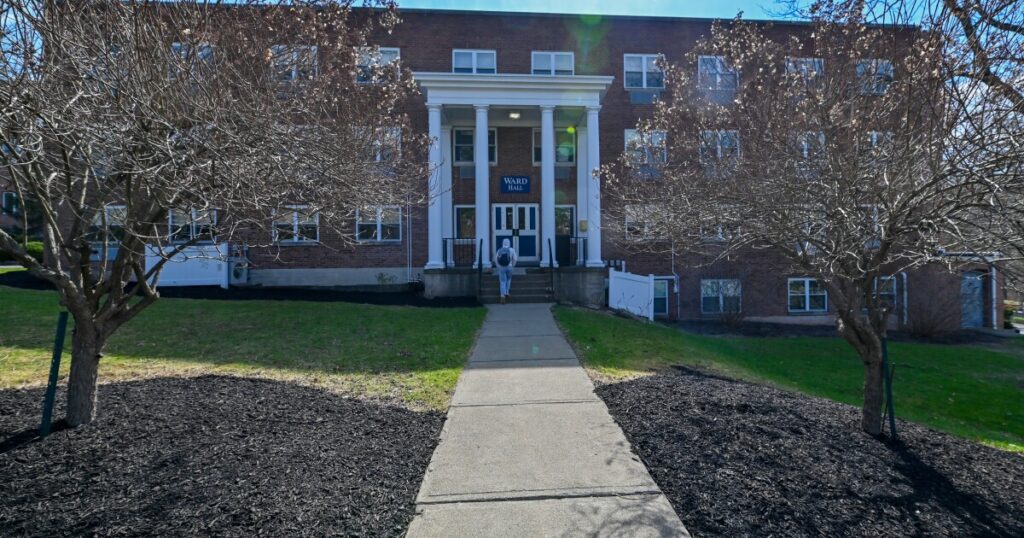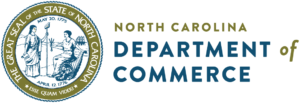Amid the picturesque setting of Keystone College, where the trees are just about to bloom, the leadership team is engaged in the complex task of navigating the institution through financial uncertainties. As students move between classes on a spring day, Tim Pryle and John Pullo, key figures in the college’s administration, reflect on the challenges and strategies for revitalizing this private liberal arts school.
Facing Financial Challenges
Keystone College, located in both Lackawanna and Wyoming counties, has been grappling with financial difficulties that placed it on a Department of Education watchlist for over a decade. The institution has faced declining enrollment and had to make difficult decisions to lay off faculty and staff members while eliminating programs such as its culinary arts offering. The COVID-19 pandemic further exacerbated these challenges, affecting not only Keystone but other higher education institutions nationwide.
John Pullo, who transitioned from being on the board to serving as the college’s president, noted the critical need for a growth partner to help stabilize the college’s finances. “Eventually, you get to a point where you start matching revenues with expenses,” Pullo explained. The search for a partner led to a series of negotiations and setbacks, including a failed agreement with the Washington Institute for Education and Research (WIER), which prompted the college to write a teach-out plan to ensure students could complete their education elsewhere if necessary.
Decisive Actions and Future Plans
Despite these setbacks, Keystone’s leadership remains determined to find solutions. The college’s accreditor, the Middle States Commission on Higher Education, initially planned to withdraw the college’s accreditation by the end of the year. However, instead of accepting closure, the college chose to appeal the decision.
Pullo emphasized the importance of accreditation for accessing federal funds, particularly for the 50 to 60% of students eligible for Federal Pell grants. Many of Keystone’s students are first-generation college attendees, and the college’s mission is to provide education as a means of social mobility.
Innovative Educational Offerings
Keystone distinguishes itself with a 13 to 1 student-to-instructor ratio, offering personalized attention that Pullo believes sets the college apart. The campus supports diverse extracurricular activities, including 30 student clubs, 18 Division III varsity teams, and various arts programs. The college is also home to an Environmental Education Institute, an apiary, and a sugar shack where students can learn to make maple syrup.
Amidst its financial restructuring, Keystone plans to renovate and expand its library, enhancing its instructional and event spaces. This initiative is supported by two $1 million Redevelopment Assistance Capital Program grants from the state and a $1 million bequest from a college alumna.
Looking Ahead
As Keystone navigates its path forward, Pryle and Pullo emphasize the college’s commitment to its mission and students. With plans to merge with WIER, the college aims to maintain control over its academic affairs. “The message is, we’re open, we’re accredited, we’re growing,” Pullo stated, expressing optimism for the college’s future.
By focusing on innovative programs and personalized education, Keystone College hopes to continue serving its student population while attracting new learners from diverse backgrounds.





